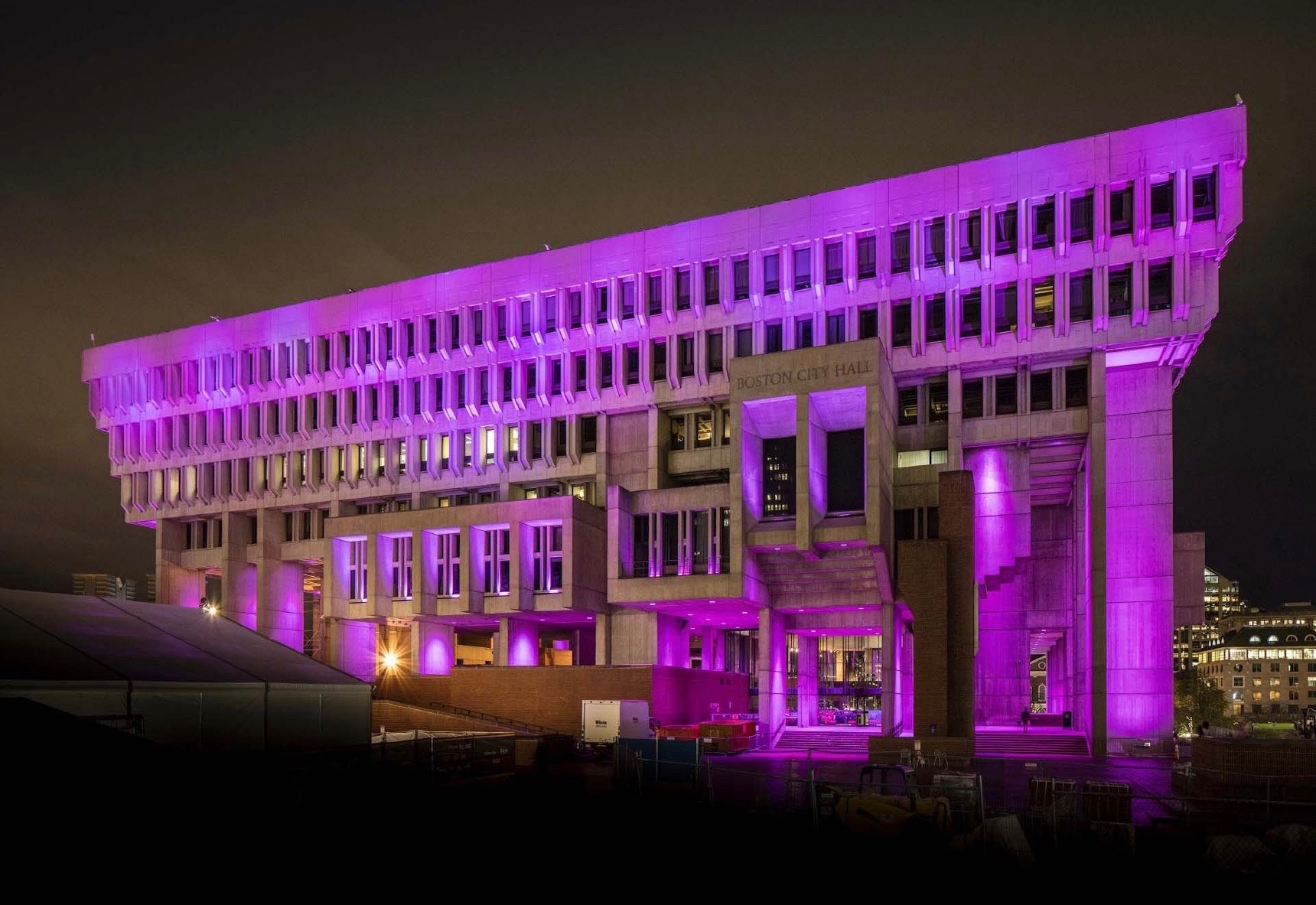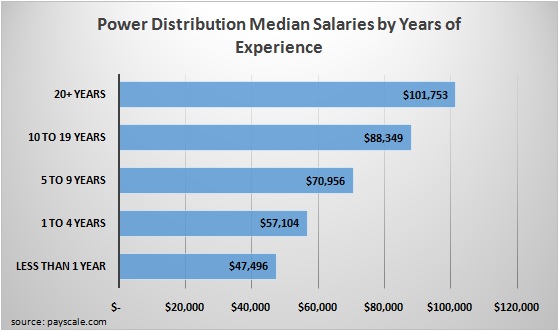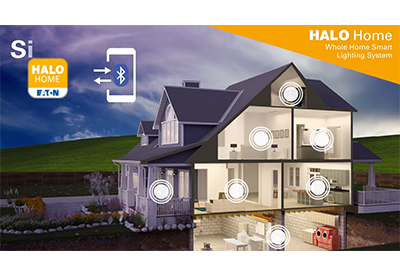Building a Control Narrative

Apr 13, 2021
By Matthew Payette
A lighting programming and control narrative is a document that is essential to coordinate the design/construction process with a fully realized final architectural product. It defines how lighting will integrate into the space and ultimately how humans will interact with that same space.
Sometimes there is a gap between the initial visions of the designers and the final product. Other times, the final product and operation of the lighting systems is achieved but after much project management distress toward the end of the project. This can be remedied by defining and using a programming and control narrative.
A programming and control narrative is a detailed description of all the desired timing, modes, access, and scenes of a lighting system, either globally (system wide) or locally (system sections). It can be digital, printed, verbal, visual, kinetic, or a combination all these things, tying together the functions of all lights.
When we think of lighting controls, we often think of the light switch, or maybe a dimmer, turning a light or series of lights on or off. These devices are well known in the public consciousness and along with more sophisticated devices like relays and astronomical clocks, have made up industry standard lighting control systems for a long time. However, with the advent of intelligent, digital, and colour-changing architectural lighting systems we’ve seen a shift in the way the systems are controlled. Digital control protocols like DMX and DALI have revolutionized the way a project can be shaped. Designers enjoy these systems, specifically DMX, because it allows them to create imaginative visual experiences previously unattainable; facades that simply change colour according to the season or entire buildings whose colours shift according to the wind and weather.

From a project management point of view, it is a useful device for tying the progress of a project through to a punchlist and subsequent completion. Setting up a clear narrative can enable communication that may otherwise never happen, e.g. the electrical contractor talking to the lighting designer, the lighting designer getting to understand the client’s needs better, the general contractor having a clearer idea of the whole project, and various manufacturers becoming certain that their specified product will perform the way it is intended to. It is an abstract component to the lighting / architectural design, and it should be given the same consideration any other detail is given.

Figure 1
Anyone with insight into the project or the client’s needs could construct a useful programming and control narrative. They would consult with the client to synthesise the needs of the space, users, and clients themselves and map out what the lights do. Then all that information is committed to a document that is easy to understand and distribute to those who need it. The document could be a simple spreadsheet that cross-references times, scenes, and users (see Figure 1). It could also contain multiple visual renderings with specific CCTs, colour values, and wash details that communicate the aesthetic to the lighting programmer.
All manufacturers that are involved with any of the scenes should want to be privy to this narrative. Typically, a programming technician or controls consultant from a manufacturer can discuss the lighting system directly with the designer or architect, whereas sometimes it’s simply a conversation with a homeowner or business owner. Either way, when a technician or integrator is aware of the deliverables, much potential misunderstanding is avoided. What used to be a simple “on” or “off” or static colour command could now be as elaborate as dictating exactly what time illuminance levels and CCT should present at exactly what time, or specific fade ins/outs of preferred colorways.
It’s almost never too early to compose a control narrative. In some sense this can be considered the essence of lighting design. Those who create the nuances of these architectural spaces have a clear vision of how the lighting will ultimately look and specify fixtures to make that vision a reality. Integral to this vision is how the fixtures will actually behave and when, thus the need for a programming and control narrative. Even if a control narrative arrives to the integrator or programming technician on the day of programming, it’s still better than not having one. But ideally, this is well defined in advance.
Some helpful questions to ask for formation of a control narrative:
• What is the overall concept? Think big, think small. Local scenes and global concepts should be considered here.
• Who will be using the space? It may be homeowners, maintenance workers, students, surgeons, or the public.
• Should some or all the controls be automated? Astronomical clocks, occupancy sensors, and vacancy sensors are just some of the ways lighting control can happen without human interaction. When done correctly, a visitor to the space will not notice anything obtrusive with the lighting in it.
• What access should users have to the controls? Choices of user interface (UI) are now wide-ranging from the simple light switch to apps on mobile phones. A programming and control narrative can define who can interact with what controls and when.
• Where should the control UI be located? User interfaces can be placed at concierge desks or be accessed only on protected websites. Simple light switches are still always a possibility.
• What important dates/holidays are to be celebrated? Depending on the region of the world or a country, different holidays and events will be highlighted by a lighting system. Common themes in the US and Canada are patriotic (July 4, Canada Day, Presidents’ Day), health/wellness (Komen Cancer Pink, Autism awareness blue), social awareness (Pride), and local sports team colours.
• What colours should be considered, either static or rotating? Have the client envision and describe their ideal end result. The available palette is potentially millions of colours with almost limitless moving scene possibilities (if the system is designed for it).
Programming and control narratives matter. Composing one is a relatively small effort and will greatly pay off throughout the life of the project due to its defining of direction and intent of the lighting. It will work the kinks out of commissioning questions and help people to make decisions and to get involved. Good lighting design always involves good controls and ignoring it would be as significant as ignoring any other major architectural system.
Matthew Payette is Senior Applications Engineer, Lumenpulse. Published with the written permission of Lumenpulse; https://www.lumenpulse.com/knowledge/building-a-control-narrative















